Install a programmable thermostat
A programmable thermostat is a device that allows you to control the temperature of your home according to a pre-set schedule. By setting the thermostat to automatically adjust the temperature when you’re away or sleeping, you can save on heating and cooling costs. According to the U.S. Department of Energy, you can save up to 10% a year on heating and cooling costs by using a programmable thermostat.
When selecting a programmable thermostat, consider your daily schedule and habits. For example, if you’re away from home during the day, you may want to set the thermostat to turn off the heat or air conditioning during those hours. Some thermostats can even be controlled remotely through a smartphone app, so you can adjust the temperature from anywhere.
Use energy-efficient light bulbs

Switching to energy-efficient light bulbs is an easy way to save money on energy bills. Energy-efficient bulbs, such as LED bulbs, use up to 75% less energy than traditional incandescent bulbs and last up to 25 times longer. Although energy-efficient bulbs may cost more initially, the savings over time can be substantial.
When selecting energy-efficient light bulbs, look for the ENERGY STAR label, which indicates that the bulb meets strict energy efficiency guidelines. ENERGY STAR bulbs are available in a variety of shapes and sizes, and can be used in any fixture that accepts traditional bulbs.
Unplug electronics when not in use
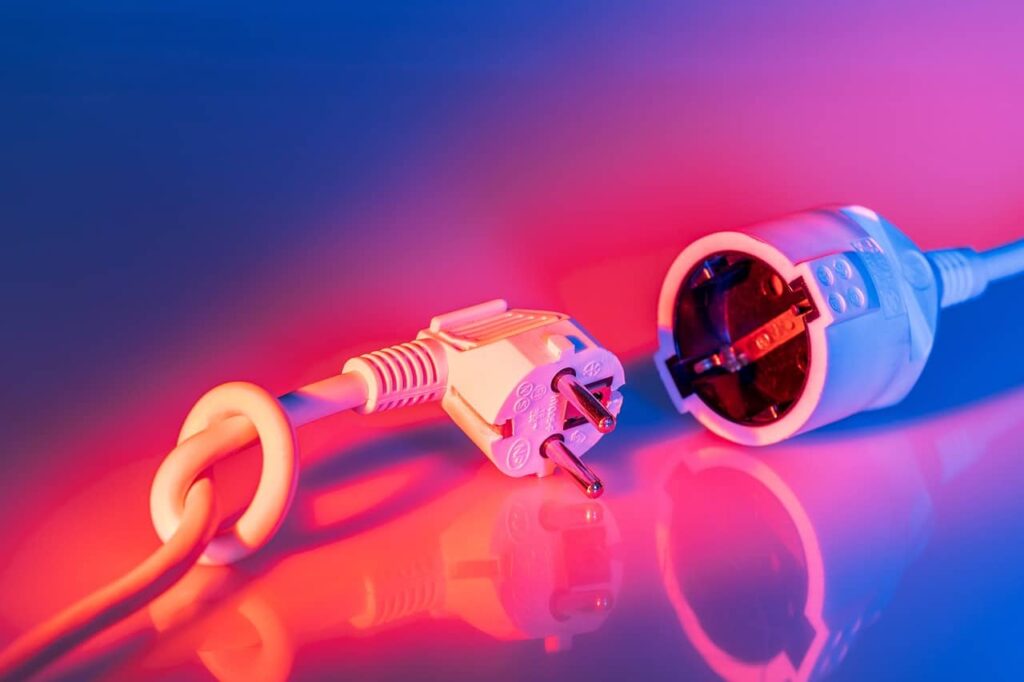
Many electronics continue to use energy even when they’re turned off. This is known as “standby power” or “vampire power.” To avoid wasting energy, unplug electronics when you’re not using them, or use power strips that can be switched off when not in use.
Up to 10% of your home’s energy use may be attributed to appliances and electronics that are turned off but still plugged in. By unplugging these devices, you can save on energy costs and reduce your carbon footprint.
Seal air leaks
Air leaks can cause drafts, which can make your home feel colder in the winter and warmer in the summer. To save energy and money, seal air leaks around doors, windows, and other openings. You can use weatherstripping, caulking, or spray foam insulation to seal gaps and cracks.
Air leaks can account for up to 30% of a home’s heating and cooling costs. By sealing air leaks, you can reduce your energy use and make your home more comfortable.
Use ceiling fans
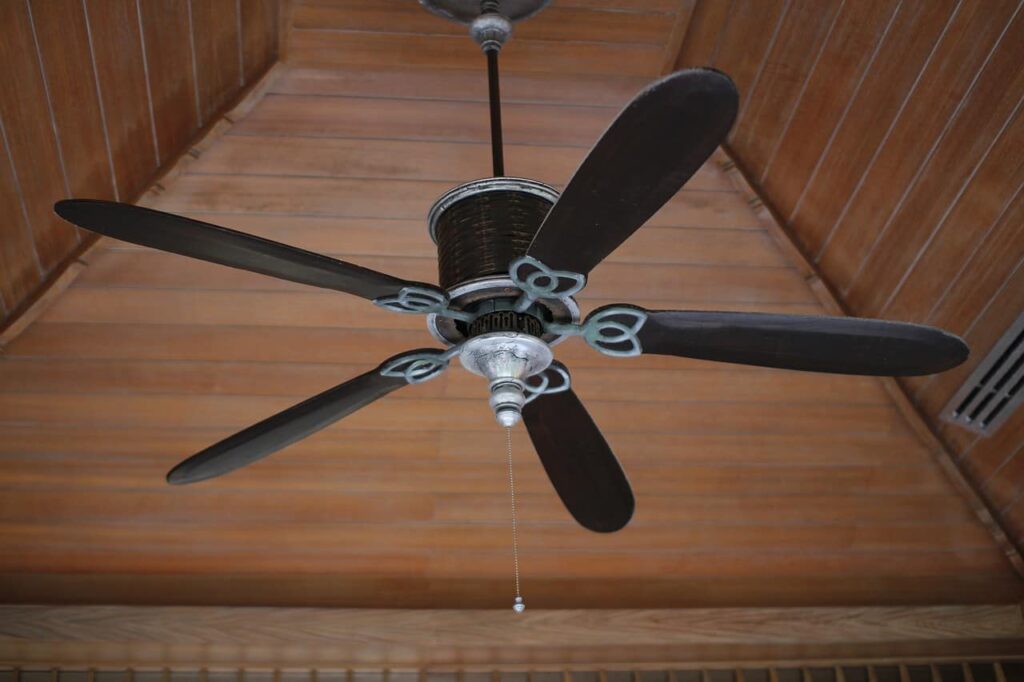
Ceiling fans can help circulate air in your home, which can make it feel cooler in the summer and warmer in the winter. By using ceiling fans in conjunction with your HVAC system, you can reduce the amount of energy needed to maintain a comfortable temperature.
Ceiling fans can help you save up to 40% on summer cooling costs and up to 10% on winter heating costs. When using a ceiling fan, be sure to adjust the direction of the blades according to the season. In the summer, the blades should rotate counterclockwise to create a cooling breeze, while in the winter, they should rotate clockwise to distribute warm air more evenly.
Wash clothes in cold water
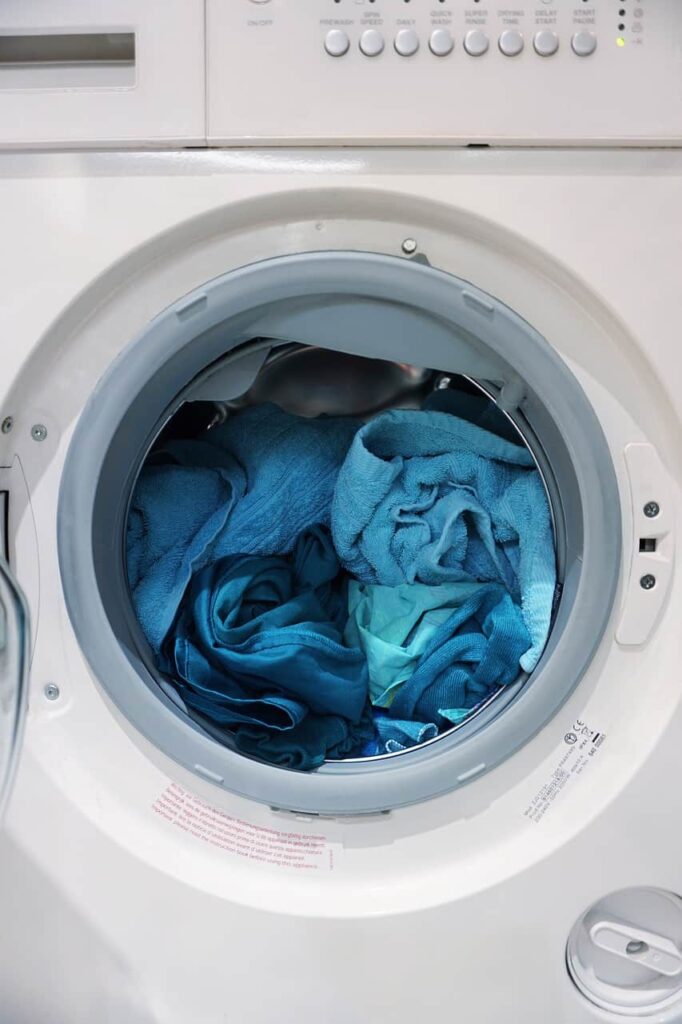
Washing clothes in hot water can be one of the biggest energy users in your home. By washing clothes in cold water, you can save energy and money. Many detergents are designed to work well in cold water, so you don’t have to sacrifice cleaning power to save energy.
Washing clothes in cold water can save up to 90% of the energy used to wash clothes in hot water. In addition to saving energy, washing clothes in cold water can also help your clothes last longer and prevent shrinking and fading.
Use a programmable power strip
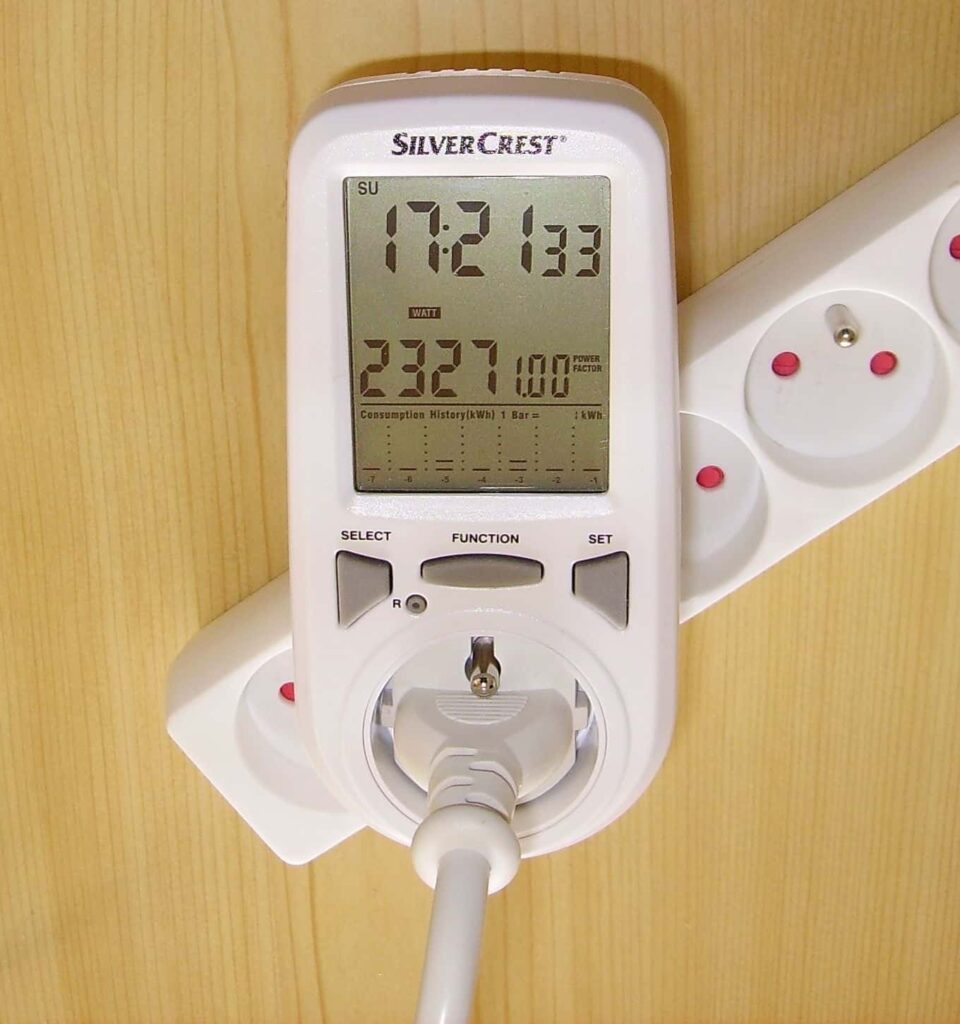
A programmable power strip is a power strip that allows you to schedule when electronics turn on and off. By using a programmable power strip, you can ensure that electronics are turned off when not in use, which can save energy and money. For example, you can program the power strip to turn off your computer and printer at night or on weekends.
A programmable power strip can save up to $100 a year in energy costs. When selecting a programmable power strip, look for one that has multiple outlets and can be programmed for different schedules.
Install low-flow showerheads and faucets
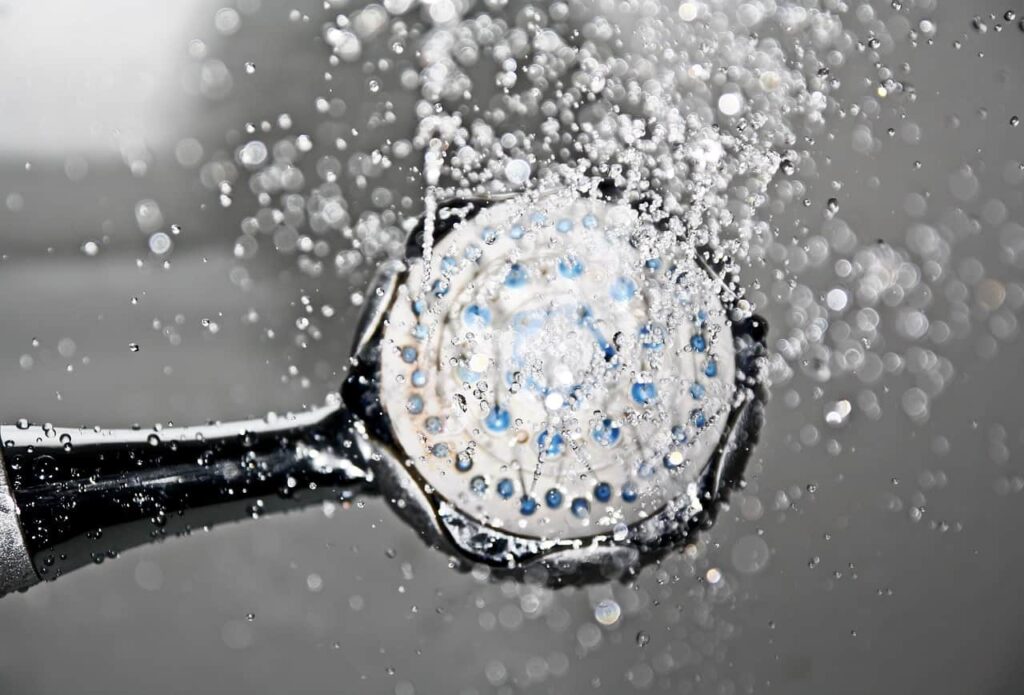
Low-flow showerheads and faucets can help you save water and energy. These devices reduce the amount of water that flows through the showerhead or faucet, without sacrificing water pressure. By using less hot water, you can save on energy costs.
A low-flow showerheads and faucets can save up to 25% on your water bill and up to $145 a year on energy costs. When selecting a low-flow showerhead or faucet, look for one that has the WaterSense label, which indicates that the device meets strict water efficiency guidelines.
Use natural light

Using natural light instead of artificial light can help you save energy and money. Open curtains and blinds during the day to let in sunlight, and close them at night to keep in heat. By using natural light, you can reduce the need for electric lighting and save on energy costs.
Lighting accounts for up to 10% of a home’s energy use. By using natural light, you can reduce your energy use and create a more comfortable and inviting space.
Maintain your HVAC system
Proper maintenance of your heating and cooling system can help you save energy and money. Replace air filters regularly, clean the condenser coils, and have your system serviced by a professional every year. By keeping your HVAC system running efficiently, you can reduce energy use and extend the life of your equipment.
Proper maintenance of your HVAC system can help you save up to 30% on heating and cooling costs. When selecting an HVAC professional, look for one who is licensed and insured, and who has experience working with your type of equipment.